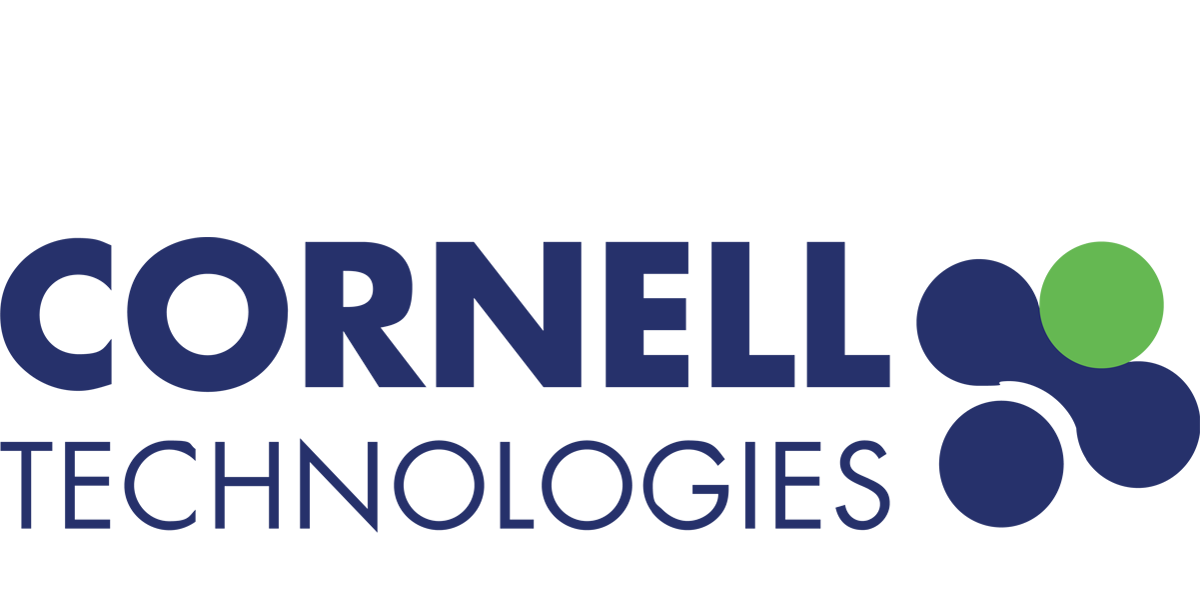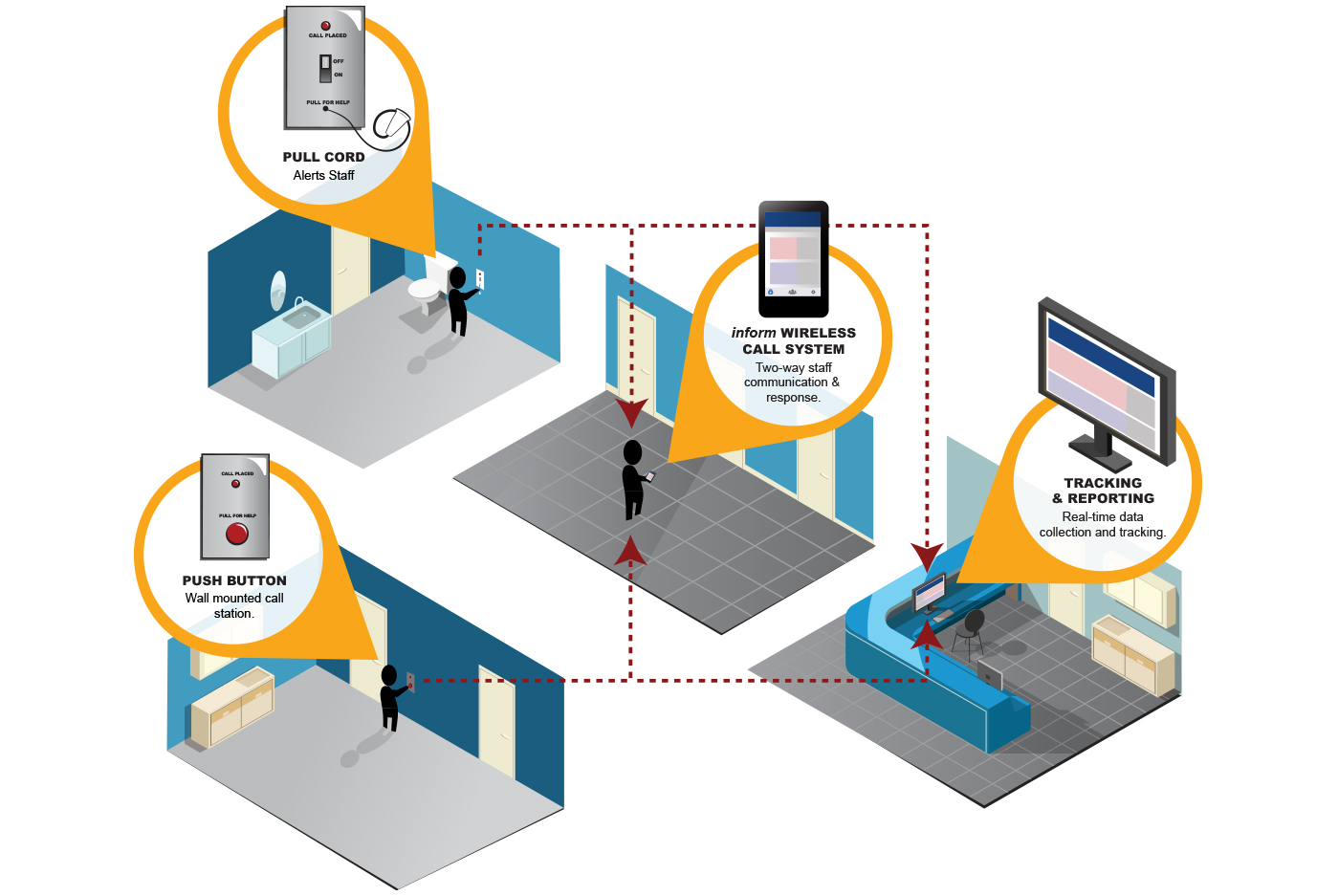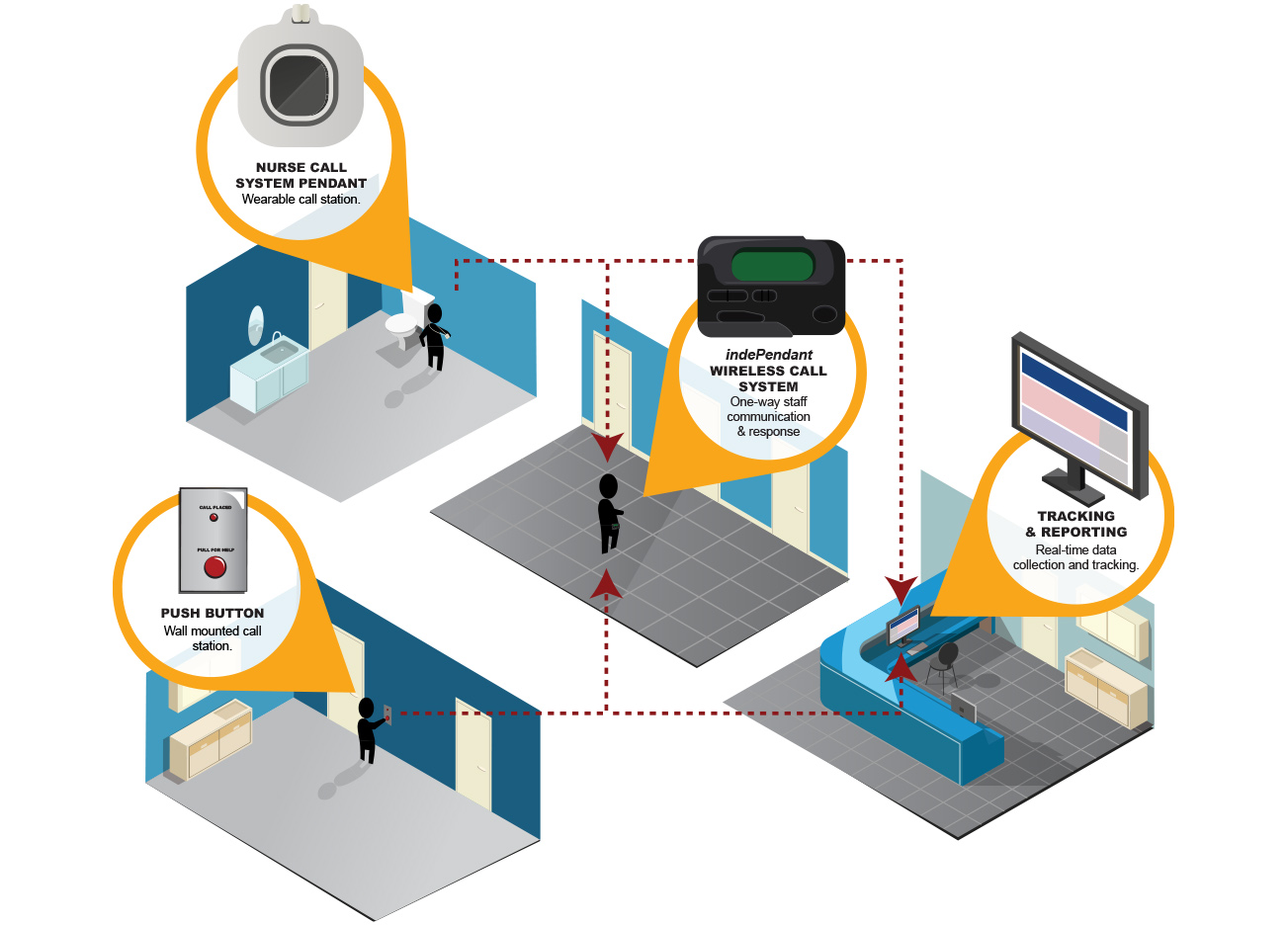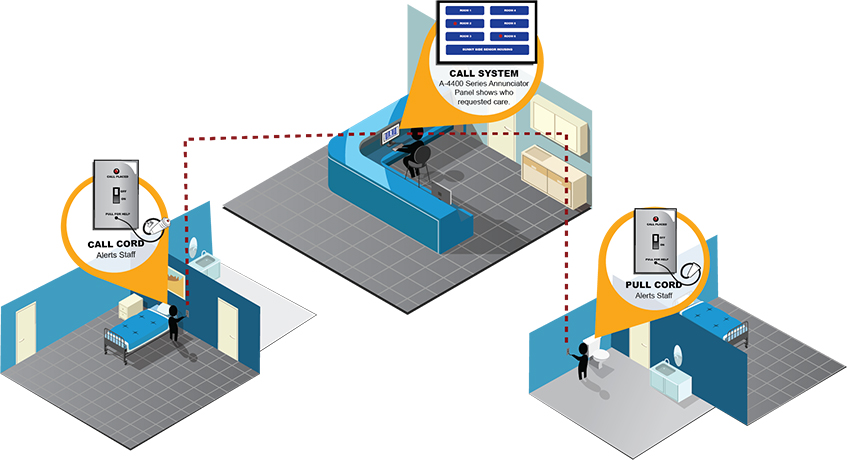Call Systems: Now and in the Future
By Pam McDonald
JJ Johnson, Owner and CEO of Cornell Communications, a Senior Housing Forum partner, tells Steve Moran in the Conversations video series what operators currently want most from emergency call systems. Steve and JJ also have a frank discussion about costs for these systems as well as how the Internet of Things is laying a path for their future development.
Respond Quicker
Steve wants to know what senior living and long-term care operators are most concerned about now with emergency call systems as well as what resonates with them. JJ says: "They are excited about the ability to have a tool that [enables] the staff . . . [to] respond quicker to the residents. [They’re] probably most excited about having the data on how much time their staff is spending with each resident.”
He continues, “We’ve had tracking systems that tell you when did someone call for help and when did someone respond . . . [with] that help. But basically what that . . . [tracked] was when did they push that button and when did you reset that button.
Added Dimension
“Now we’re basically telling them when did you leave the room, which . . . gives them the added dimension, how long did you spend with that resident . . . ? I can’t tell you how many administrators we talk to that say, . . . [Do] you realize we occasionally have to run around the building with a stopwatch to keep track of ‘Hey, what did that staff person do all day long’?”
JJ explains that costs for these systems vary tremendously based on its size and level of the technology. He runs down the costs for the roughly three options in the industry. He says, “Visual call system, which is basically lights and buzzers going off (you cannot talk to the room) runs about 600 to 700 dollars per patient, and that’s fully installed software-hardware installation in the business.
“A voice system,” he continues, “is almost half again as much — close to $800 to $1200 a room . . . only because intercom technology is more sophisticated than, basically, data technology.
“Thirdly, and the most popular systems today, are wireless,” JJ notes. “They turned out to be less than the voice systems, running about 700 to 900 dollars a room. And that’s actually where our handsets are coming in . . . about 850 to 950 [dollars] a room. So that’s pretty much a trade-off on costs compared to what they’re doing in the wireless systems.”
The Future
Steve asks where JJ sees Cornell and technology in the next five years, and JJ responds:
“Coincidentally, I recently returned from a conference in Silicon Valley on the Internet of Things. Obviously not even realizing what that totally meant, we’re basically moving along that path because we’re now interfacing with electronic health records.
“We’ve always interfaced with the wandering systems, but I think the most important data . . . I’m picking up . . . now [is] home care is becoming the biggest element. Our industry is really expanding beyond keeping track of the residents in the building to keeping track of the residents in the home.
All-in-One Technology
“They already do that but . . . [its] basically two sets of companies handling [each of] those things. We want to integrate that. Cornell’s particular mission is that we want to make sure there’s an adequate home unit that’s just not ‘help I fell down’ or ‘help, I need help,’ [but] it’s ‘help I fell down [and] oh, by the way, I’m going to take my weight once a week so I know if that’s changing. I’m going to take my blood pressure' . . . . [Systems] may even give you a medicine reminder and that’s one level of technology.”
JJ points out that the second level of focus he’s seeing right now is an increasing interest from the families. He notes they’re saying, “Hey, can you keep us up to date on mom? Did she have lunch today? Did she have any calls . . . ? We’re thinking about putting in handsets or . . . iPads in every resident’s hands so they can actually communicate with their families.”
| Read the complete Senior Housing Forum article |
Cornell Communications offers state-of-the-art, reliable emergency call and communications solutions – including visual and wireless “nurse” call products, and clinical status, reporting, and paging systems. It has completed over 24,000 installations in skilled nursing facilities; independent assisted living, and memory care communities; and medical outpatient centers or clinics in every state in America. It has the largest service network in the industry.






